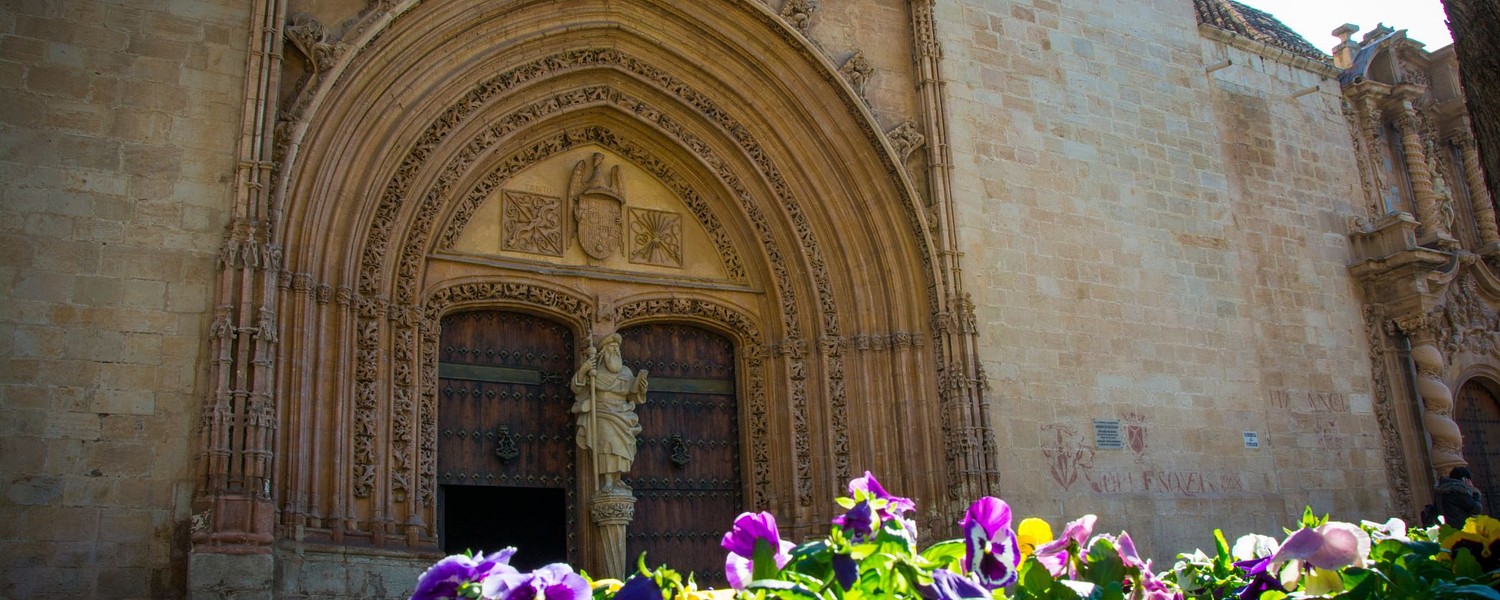In may 1976, a great wave arrived in Orihuela, coming from many parts of the world this was the tribute to Miguel Hernández.
An actual "cultural spring" bloomed in the plazas and streets of the city, particularly in Barrio San Isidro, reviving the life and the work of the poet. To that historic birthplace came painters, writers and musicians, set in the context of difficult times and uncertain transition, reclaiming the freedom that had been absent from their lives. It was an event that still remains recorded in collective memory, not only of the passionate Hernández devotees, but of everyone who defended democratic freedom. At that time of hope, doubt and anxiety, culture elevated the spirit of the people.
More than thirty five years passed and to commemorate the 70th anniversary of the poet's death, on the 28th March, 2012, the Culture Department of Orihuela Ayuntamiento, in collaboration with many involved in the cultural life of Orihuela, undertook the task of restoring the murals in Barrio San Isidro; Once again covering the walls of the houses with murals with echoes of profound cultural and political significance.
More than a hundred painters took part in this collaborative project, telling their stories on 43 walls, including some who were there in 1976 (Pepe Azorín, Nicasio Cañaveras and Joan Castejon), people from the Barrio San Isidro, primary and secondary teachers and their pupils, a group of disabled people; a true exercise in citizen participation.
The project involved people working together with paintbrushes and rollers to essentially recreate the life and work of Miguel Hernández who died defending freedom and his belief in a just world.
The result can be viewed on the streets of Camino Viejo de Oriolet, Chopo, Acacia, Tomillo, San Isidro Labrador, Sauce, Algarrobo and Almendro. Here you will find an open air gallery and museum, decorated with 53 murals of many colours and the green and ochre of the Sierra de Orihuela. You are invited to take this cultural and artistic journey through Barrio San Isidro, retracing the footsteps of the poet Miguel Hernández.
Read more



















